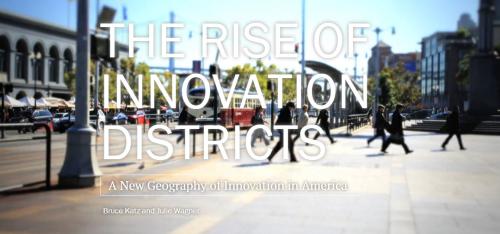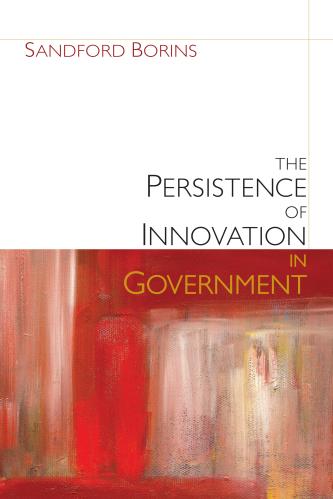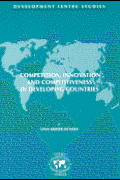There are a lot of reasons for why the hot new economic geography is the “innovation district”–the downtown, mixed-use hot spots my colleagues Bruce Katz and Julie Wagner flagged last week in a cool new paper.
One reason is clearly the urban tastes of today’s young, well-educated knowledge workers for whom suburban office parks are anathema and walkable neighborhoods, public transit, and cool restaurants the bottom line.
And another is surely the general ramping up of the urgency of innovative activity, which is more and more recognized as a social, networked, and “open” activity. Dense city neighborhoods work great as incubators! The whole neighborhood becomes the incubator.
But as long as we’re assessing this new phenomenon I’d like to throw in one more theory: The rise of the innovation district heavily reflects the truth that “software is eating the world,” as the venture capitalist Marc Andreessen puts it.
To be sure, Bruce and Julie note that there’s a lot more than just software development going on in the new innovation districts emerging in Boston and Barcelona, Cambridge and Berlin, Stockholm and Seoul and San Francisco and Seattle. Significant work in life and materials sciences goes on in these spaces adjacent to major universities, and Bruce and Julie have seen in Boston and elsewhere highly specialized, small-batch manufacturing and robotics activity in the districts.
But my own theory is that in technology and business terms the districts reflect above all the rise of the cloud and the ongoing takeover of the economy by software—something I wrote about here in the manufacturing context.
Today, virtually every business or technology proposition is in large part a software proposition. What’s more, I think it’s at least mostly true that the software and app economy wants to be urban, if left to its own devices, given its decreasing need for heavy infrastructure. And indeed, with sophisticated programming tools and related services now available for cheap on the web, a band of entrepreneurs can start a small or major business without buying ton of servers, without hiring and training a ton of programmers, without incurring huge fixed costs. Which is to say, they can park themselves in a shared work space in their local innovation district and build their business as an online service with little overhead and software tools from the cloud.
In that sense, the innovation district is the geographic manifestation of start-up culture, which is itself driven by the cloud-driven software and apps boom.
So that’s my view: Software is eating the world, but the work is increasingly being done downtown—in innovation districts.










Commentary
Did Software Create the Innovation Districts?
June 18, 2014